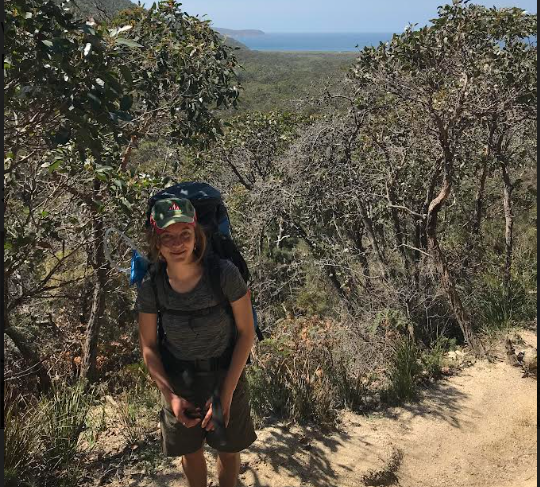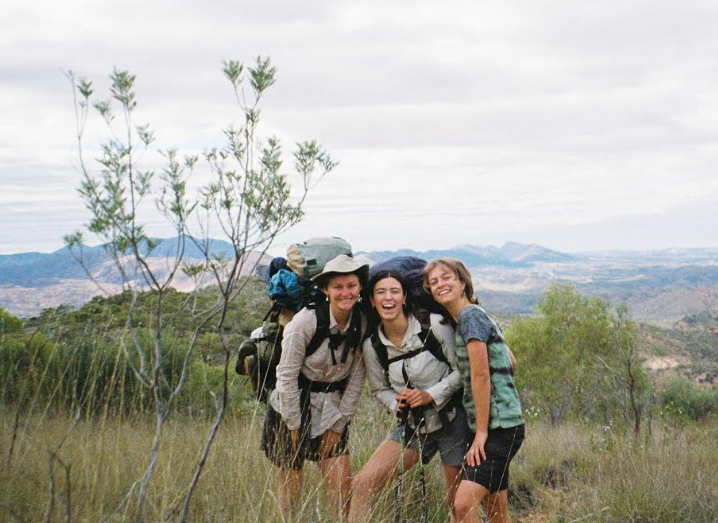
Maddy's path to the GFD has been a winding one. Before moving towards a stronger involvement in community building, her background was in science and arts, focusing on philosophy. She then started a community art gallery and has had a long involvement with Initiatives of Changes, where she supports First Nations cultural awareness and education programs. She took some time out to chat to us about beginning her Masters of Environment this year and coming to the GFD...
MADDY RZESNIOWIECKI
Why did you get involved with GFD, and why do you think other people should get involved?
I first heard about and connected with GFD through a field trip for university. I adored the sound of a group of people coming together and volunteering their time in order to help make change, particularly in relation to places that had personal importance to them. I feel like this kind of leadership, where people step up to care for and restore the natural world, is so necessary at this time of climate crisis. I reached out to volunteer which is how I got involved. I would really encourage others to do the same. It’s an empowering experience. Being in the room means your voice is heard and you can play a key role in directing discussions and outcomes.
How do you feel the GFD process is going and where you think it can go from here?
I see that GFD has a lot of potential to facilitate emergent and creative relationships between groups that have previously been separated. I think ensuring a strong and balanced representation of people from all different perspectives at the dialogue will be key to effective, sustainable, and just outcomes for the future. During the most recent ‘What’s Next’ dialogue, there was a resounding consensus of the need to change our language from one of forest management to forest stewardship. This to me represents the sort of cultural shifts that GFD could help facilitate.
Can you tell us about your favourite patch of forest?
I spend a lot of time in Green’s Bush on the Mornington Peninsula. This is a place of tangled trees, open grasslands, and coastal heathlands which I love. When it comes to Gippsland, I can’t go too far past the forests at Yiruk Wamoon, now known as Wilson’s Prom. Looking out over crystal blue waters from the forest there feels almost surreal.
